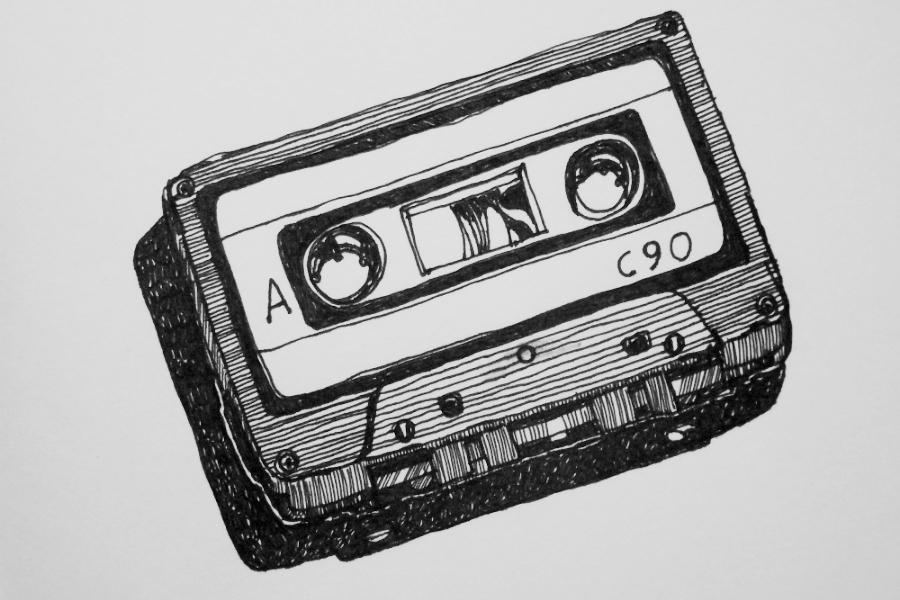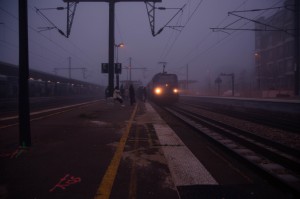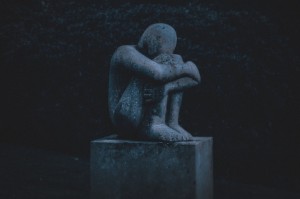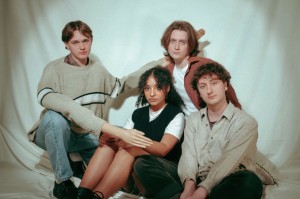Playlist: J.D. XXVII.: Mixtapes of Keith Haring

Artist Patrick Staff has spent a year in Keith Haring’s archives listening to mixtapes – made for Haring by friends, and by his lover, DJ Juan Dubose. Ahead of a dedicated five hour ‘deep listening’ jam tonight, we speak to Staff about the tracks that act as love letters to 1980s and early ’90s New York…
The Double Negative: Tell us about yourself.
My name’s Patrick Staff, I’m an artist who works with performance, video and publishing.
How did the residency with the Keith Haring Foundation come about?
I was invited pretty directly by [Tate Liverpool Director] Helen Legg. We had worked together previously, and I think Tate and the Haring archive were looking for a young artist to work in and amongst the Haring retrospective that has been happening at Tate Liverpool over the past few months. It was an exciting opportunity.
What are you working on and how will it manifest?
So over the past year I have spent time at Haring’s archives in New York, going through historical materials, working with the team at Tate Liverpool, and in my studio. I have kind of been forging my own relationship to Haring’s work, finding both personal and contemporary resonances, turning over stones as it were. I’ll be organising two public events in Liverpool as part of this research.
Part of the output of the residency includes the Mixtapes of Keith Haring event in Liverpool; what can people expect?
We’ll spend five hours listening, non-stop, together, to a range of mixtapes made for Keith by his friends and lovers. People are welcome to come for as long as they want, to leave and come back, to lie down or to dance or to sleep for a while. It’s all free. The tapes were primarily made by Keith’s lover Juan Dubose who was a DJ in New York in the late eighties into the early nineties. They really encapsulate a very magical moment in New York history, but also remain as this kind of sweet set of love letters, or gifts, between Keith and Juan, and other friends.
When you listen to the tapes, you hear all of the disco and New York garage but also the recording stopping and starting, strange bits of distortion, hissing, or scratches that have accumulated over the years. I think for me, these moments of degradation or accidental signs of the handmade recording make for something really beautiful.
Tell us about some of the artists we should be listening out for.
You’ll hear classic Larry Levan or Frankie Knuckles mixes, a ton of classics from that time like Sylvester or Grace Jones. There are little unexpected moments, a country song or a Judy Garland track. But none of the mixtapes have track listings, and there are some real deep cuts. They’re really unique artefacts.
Why was music so important to Haring do you think?
He was a social maker. He was a consumer and lover of pop culture, in the best possible way. Things came into the studio and things came out, work was made in the streets as well as privately. There’s a beautiful reciprocity to it all. It’s something of a fundamentally generous spirit.
What was it about that period in New York – socially, politically and culturally – that so inspired then and continues to fascinate now?
I think there are a lot of contributing factors. It was a super vibrant moment, culturally. It was also a moment where a huge population of those communities died because of HIV and AIDS. So there is an urgency to remembering it, celebrating it, but a strong sense of something lost. In a lot of ways, that cultural moment probably echoes today – a rise in cultural conservatism, economic precarity, but with a counter culture that feels very queer and liberatory.
As told to Mike Pinnington
Don’t miss: J.D. XXVII.: MIXTAPES OF KEITH HARING tonight from 7pm @ LEAF, Bold ST., Liverpool
Further Reading: “Art, activism, club life and pop culture.” Keith Haring – Reviewed
Mixtape and illustration by Laura Robertson





